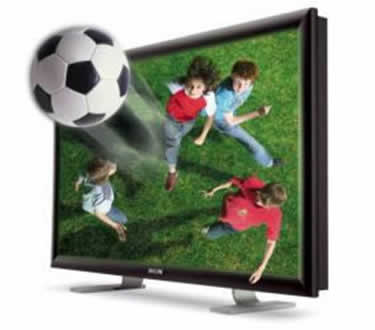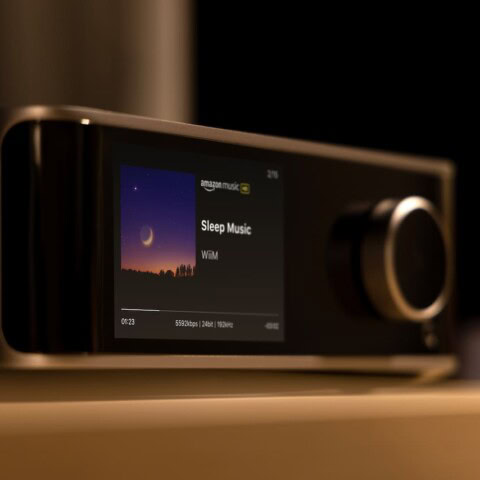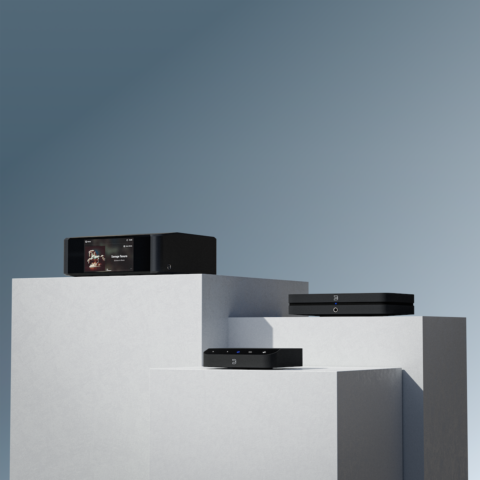$499
4 Stars
It should be all wrong, but Pro-Ject’s DAC Box makes a pleasingly “closer to vinyl” sound.
Pro-Ject’s DAC Box FL just happened to be available while I had the Firestone Audio Spitfire MkII DAC in for testing (reviewed here). These two units make for a fascinating comparison, because despite appearances, they’re very different units.
 The FireStone DAC is a typical modern DAC, while the Pro-Ject is something that shouldn’t work at all: a non-oversampling filterless DAC. Without getting too technical, just about every DAC solution based around CD replay has filters at around 20kHz to cut off the negative effects of the digital conversion process. One of the benefits of oversampling is that gentler filters can be implemented, but Pro-Ject has chosen to run with a standard 16 bit non-oversampling solution using four TDA 1543T chips in parallel per channel, with no digital filter whatsoever. The resulting sound should be a distortion-laden mess with pre-ringing causing audible chaos. Thankfully, this isn’t the case.
The FireStone DAC is a typical modern DAC, while the Pro-Ject is something that shouldn’t work at all: a non-oversampling filterless DAC. Without getting too technical, just about every DAC solution based around CD replay has filters at around 20kHz to cut off the negative effects of the digital conversion process. One of the benefits of oversampling is that gentler filters can be implemented, but Pro-Ject has chosen to run with a standard 16 bit non-oversampling solution using four TDA 1543T chips in parallel per channel, with no digital filter whatsoever. The resulting sound should be a distortion-laden mess with pre-ringing causing audible chaos. Thankfully, this isn’t the case.
I’ve heard a couple of 16 bit filterless designs in the past, both from Opera Consonance – the Orfeo CD player and the DAC 16 external DAC. Both had a smooth organic sound that I really liked, so I was very keen to run the Pro-Ject back to back with the Firestone and my Marantz SA8260 SACD player.
Features and Construction
Like the rest of Pro-Ject’s Box Design range, the DAC Box FL comes in a very compact and sturdy metal case. This unit is bare bones minimalism on the outside: the budget didn’t even extend to a power LED or any way to see that the unit is in fact on and receiving a signal, and there isn’t even a power switch, but the money was spent where it counts – on the inside. As I mentioned, each channel gets four chips in parallel, direct coupled to the output stage. These chips are apparently run at higher than normal voltages (with big heatsinks) to improve dynamics.
There’s no USB support here, which is something to consider very carefully. After all, computer audio is a great reason to buy an external DAC. But this is Pro-Ject’s audiophile solution, so only co-ax and optical inputs are provided. The power supply is one of Pro-Ject’s standard (and huge) wall warts.
Sound Quality
According to the Pro-Ject White Paper on this unit, distortion levels are high (around 1% at 20kHz) but the distortion spectrum apparently resembles that of a tube amplifier. As we all know, tube amps don’t necessarily measure well in terms of distortion, but it’s usually benign in nature and has no audible deleterious effects on the sound.
I ran the Pro-Ject and the Firestone Audio Spitfire MkII back to back, literally replicating my listening sessions from one to the other, and swapping back to the Marantz to confirm what I was hearing.
First impressions were that the DAC Box FL was a little less detailed than the Firestone DAC or the Marantz. It still sounds like a high resolution source, but there is a sense that the finest details are being obscured, although not dramatically so, and you won’t notice in isolation. There are compensations: the tracks on Aimee Mann’s Lost in Space were smoother and more mellow than the other two options. Without getting carried away, I’d be tempted to agree with the assertion in the Pro-Ject White Paper that “the sound is closer to vinyl”, with something special happening at the top end, in particular. It just sounds “right” somehow. It’s different to the very detailed and insightful sound of the others, but certainly no less enjoyable.
Mazzy Star’s ‘Fade Into You’ (from a compilation CD called Deconstructed) had a flowing liquid sound quality, with plenty of air around both Hope Sandoval’s ethereal vocals and the acoustic guitar. Switching back to the Spitfire MkII revealed a deeper soundstage with more detail and a greater sense of space to the performance, but the Pro-Ject’s imaging was more accurate. Dynamics were much of a muchness across the two DACs.
Natalie Merchant’s Retrospective 1995-2005 has some well recorded tracks on it, and switching between the two units showed that either of them would be easy to live with. The percussion on ‘Carnival’ popped as boldly as it should and the vocals on ‘San Andreas Fault’ were strikingly well rendered – part of a rich audio picture, sounding truly natural and free of any harshness or artifacts beyond what’s on the disc. Warren Zevon’s Preludes is a collection of long lost demo recordings – the audio quality isn’t great but the music is. Through the Pro-Ject, these songs were a joy to listen to, with the worst excesses of the substandard production disappearing, leaving a rough but enjoyable sound with deep bass and plenty of oomph, along with a dose of foot-tapping fun.
Conclusion
While I seriously like the hyper-detailed and sophisticated nature of the Firestone’s presentation, the rich, easy flow of the Pro-Ject was something I kept coming back to. This type of comparison always comes down to a horses for courses (or should that be sources) type of question – not so much “what sounds right?” as “what sound do you prefer?” Some will feel that the Firestone puts on the better show, others will like the Pro-Ject’s more organic sound, but in either case, some time needs to be taken to really listen to both options if you want to appreciate their respective strengths.
There really are few weaknesses in the Pro-Ject’s repertoire. Its stark LED-free appearance isn’t an issue, but the lack of USB is definitely a factor. I don’t know too many music lovers or hi-fi buffs who aren’t seriously looking at their computer audio options. Buy the Firestone and you’re set for computer connectivity, albeit at a rudimentary level compared to dedicated music servers. Buy the Pro-Ject and you’re limited to its co-ax or optical digital signals – if that works for you, then the Dock Box Fi is an interesting option.
It’s certainly not adversely affected or limited by its filterless architecture; it may even be elevated by it depending on your point of view and how much you like the sound. Personally, I found it a pleasure to have in my system. ASHLEY KRAMER
















